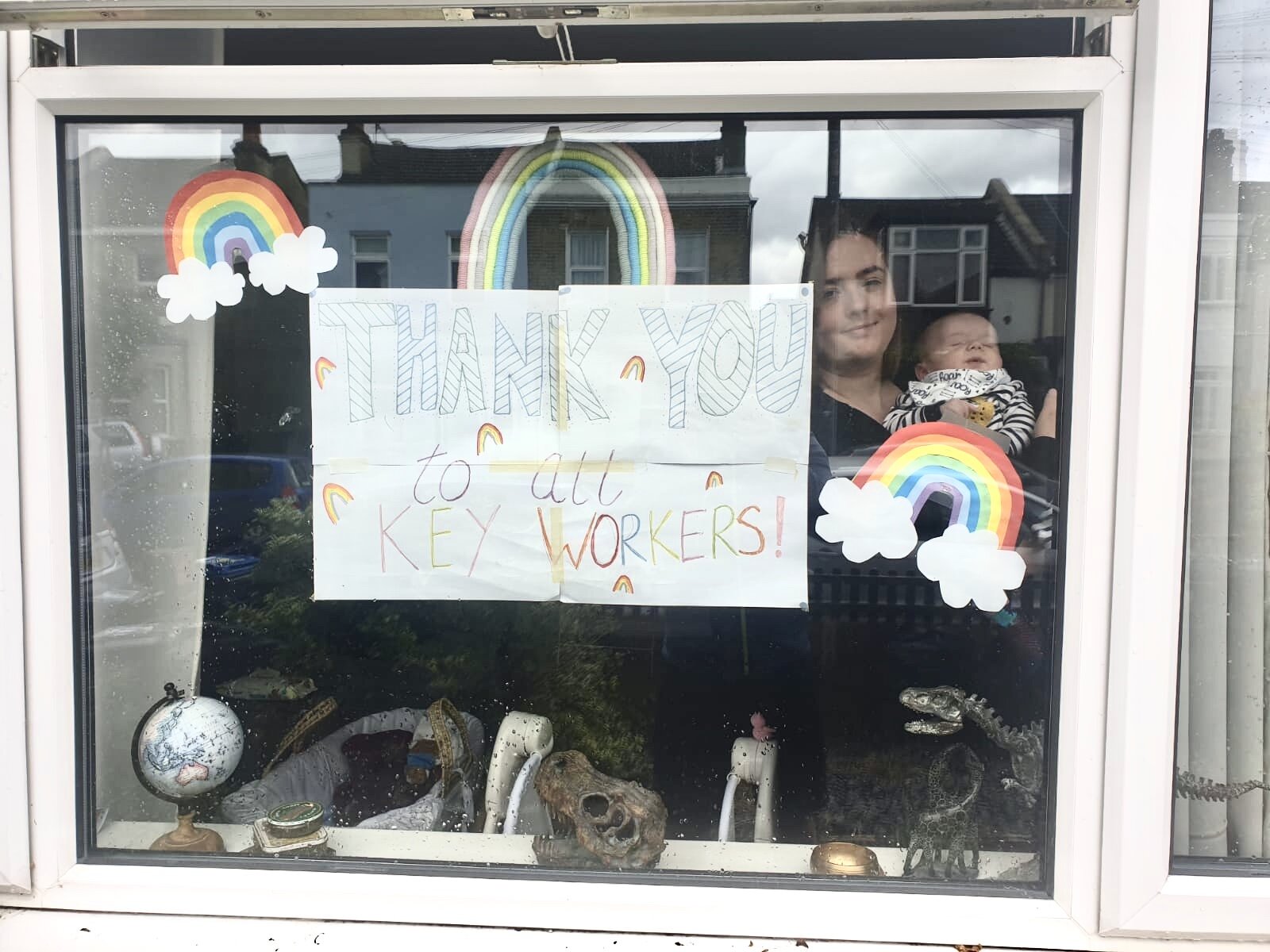Introduction to Stay Home Stories
February 19th, 2021
By Alison Blunt (Project Lead)
Welcome to the ‘Stay Home Stories’ website of the Arts and Humanities Research Council (AHRC) funded project ‘“Stay Home”: rethinking the domestic in the COVID-19 pandemic.’
I am writing this during the third national lockdown in the UK at a time of ongoing debate about when schools in England might re-open and other restrictions might lift. I’m also thinking ahead to next month’s anniversary of the first national lockdown in the UK, and reflecting on how, for many people, life at home has changed over the past year in different, unequal, and often profound ways. As a site of lockdown and self-isolation, home-working and home-schooling, loneliness and new forms of connection, home has been at the forefront of people’s experiences of the COVID-19 crisis. For many people, the idea of what home might represent – whether positive, negative or a mix of the two – has changed over the past year, often in deeply unsettling ways.
This project will collect a wide range of ‘stay home stories’ to understand how ideas and experiences of home have changed because of COVID-19. The need to document and reflect on these stories is timely and pressing, not only to understand how people have experienced home in profoundly different and unequal ways, but also to think about home might change – for better or worse – into the future. We will share many of the stories we collect on this website via podcasts, films, maps and written accounts (and see ‘From the synagogue to the sofa’ by Miri Lawrence on home and faith).
Reflecting the political and personal significance of home, we will analyse the UK national directive to ‘stay home’ alongside people’s differentiated capacities, experiences and emotions bound up in doing so. The ‘stay home’ directive assumes that home is a site of safety, equates it with the household, and inscribes it with nation- and life-saving significance. Yet, home can be dangerous and insecure, exists over multiple, co-existing scales from the domestic to the global, and is shaped by the politics of inclusion and exclusion (as shown by, for example, Bowlby and Jupp, 2020; Brickell, 2020; Crankshaw et al., 2020; Grewal et al., 2020; Judge and Rahman, 2020; Rogers and Azam Ali, 2020).
Based in London and Liverpool, we combine a nationwide and city-scale approach in our work with adults and children living in a variety of homes and households. Our three main aims are:
to document and analyse the ways in which home has been mobilized, experienced and imagined during and after three national lockdowns;
to explore and extend creative and curatorial work that documents diverse experiences and imaginings of home during the pandemic;
to understand how practices, spaces and meanings of home have changed during and after lockdown, particularly for migrants, people from minoritized ethnic backgrounds, people of faith, and children and young people.
The project is based at the Centre for Studies of Home, a partnership between Queen Mary University of London and the Museum of the Home. The academic members of the research team are based at Queen Mary University of London, the University of Liverpool, and Birkbeck University of London. We are working with three core partners: the Museum of the Home, National Museums Liverpool and the Royal Geographical Society (with Institute of British Geographers) (RGS-IBG), and will be developing links with a wide range of other organizations. We are also very glad to be appointing a team of community researchers to interview people of different ethnicities and faiths, including in languages beyond English.
The project has three interconnected strands: Documenting home studies the ways in which ‘stay home’ has been represented, re-imagined and contested in political debate and media coverage. It will also explore and extend the Museum of the Home’s ‘Stay home’ online collecting project and will co-curate material for display, deposit and digital engagement, including with an artist-in-residence. Practising home examines the practices, spaces and meanings of home during the pandemic for people from different faith communities and/or minoritized ethnic backgrounds, including people who have migrated to the UK. Working with adults from different generations, alongside community, migrant, faith and inter-faith organizations, we will co-create short films, podcasts, an interfaith toolkit and material for the Museum of the Home collections. Mapping home explores children’s changing conceptualisations of home at a time of crisis. Working with the National Museums Liverpool and the RGS-IBG, and with their school networks and projects, we will co-curate (i) a nationwide initiative involving children and young people (aged 7-16) who will be invited to map their home spaces; (ii) a city-scale project in Liverpool City Region to analyse children’s narratives alongside their maps; and (iii) a virtual exhibition, learning resources (key stages 2-4) and a policy brief on children at home during COVID-19.
We will be producing a series of films and podcasts across the project as a whole and convening a project conference later this year. We welcome your participation in the project. Please follow us on twitter @stayhomestories. We are also keen to make links with related projects and encourage you to press here to get in touch.

